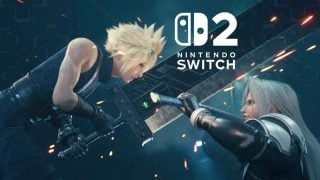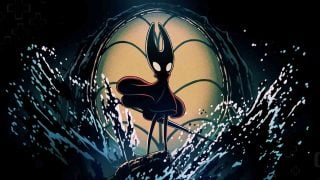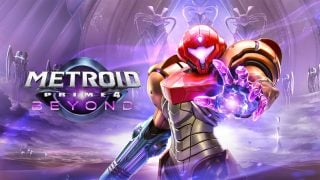Through decades of Disney projects, spin-offs, and ambitions, we have received some of the most interesting video game ideas of all time. Kingdom Hearts, for instance, features anime pretty boys with emotional angst getting pulled into a whimsical set of Disney worlds. Dance Dance Revolution: Disney Mix exists. But one specific project always comes to mind — Epic Mickey.
I never forgot about Epic Mickey. The initial dark concept art, the morality system involving player choice, and a downright twisted portrayal of Walt Disney World’s Magic Kingdom all resonated with me. However, what didn’t resonate with me were the Ubisoft-esque side quests, horrendous amounts of backtracking, and the goofy camera. And I don’t mean goofy like “a-hyuck,” I mean goofy like “gawrsh, this sure could have been done better.”
So here in 2024, we have Epic Mickey Rebrushed. This game always deserved better — a better platform than the Wii, a better camera, and better overall execution. So what does this remastered version of the cult-status 3D platformer/cartoon morality simulator do to improve upon what was initially a downright intriguing but flawed product? Well, let’s go over the original idea of Epic Mickey and see how the Rebrushed version of the game fares.
I wouldn’t consider Epic Mickey an epic. Homer, this is not. However, it is a fascinating tale of Mickey Mouse’s heart and how mischief and heroism need to coexist to make him the enduring cartoon icon that he is. His mischief as the sorcerer Yensid’s apprentice causes the destruction of the Wasteland, a dark Magic Kingdom created by Oswald the Lucky Rabbit. Oswald was Walt Disney’s originally intended mainstay cartoon character, but through copyright issues, he was lost. In his place came the creation of Mickey Mouse, who has enjoyed all of the success that Oswald was supposed to have.
Every aspect of Epic Mickey wants you to feel guilty for Mickey’s mistake. Mickey approaches famous also-rans like Horace Horsecollar and Clarabelle Cow, who happily greet him but realize he doesn’t even know who they are. His fame is also the subject of Oswald’s jealousy and grief, which is reflected throughout the entire Wasteland. This is a not-so-happy place where forgotten cartoon characters without a heart end up. These characters’ hearts were lost due to them fading into obscurity. It’s all quite depressing, and the dark appearance and rundown nature of the world is directly a product of Mickey’s success and Oswald’s failure.
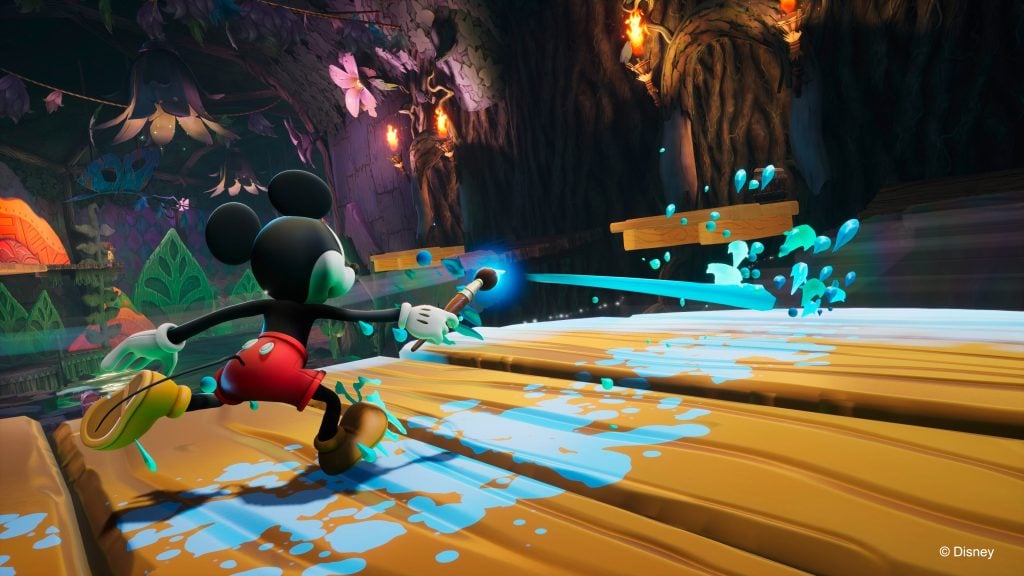
The good news is, thanks to Epic Mickey, Oswald did become relevant again. He gained new cartoons, appeared in sequels to the game, as well as spin-offs like Disney Speedstorm, and even got merchandise. Whether Epic Mickey succeeds in its lofty goal of making the player feel like they are Mickey Mouse, it brought the rise in popularity of what is essentially his brother.
What it is to be Mickey Mouse in this game is to gain the ability to create and destroy art. As Mickey, you wield a magic paintbrush that can paint in transparent, empty parts of the Wasteland and use thinner to erase walls, floors, and objects. And really, this is a straightforward mechanic. There isn’t anything more to it. Puzzles usually require thinning a building or piece of land to find a missing object. This mechanic is also tied into whether you are portraying Mickey as more of a hero or more of a villain, but this isn’t exactly Fable. Taking on enemies can involve either painting them to recruit them to fight for you, thinning them out to erase them entirely, or spin attacking/ground-pounding them to defeat them outright. Blue or green sprites float around you to indicate whether you’re being more heroic or more mischievous as a result. But aside from different dialogue from NPCs and a different ending, if you choose to be the bad guy instead of the noble hero, it doesn’t change the level selection or directly affect your overall path through the game.
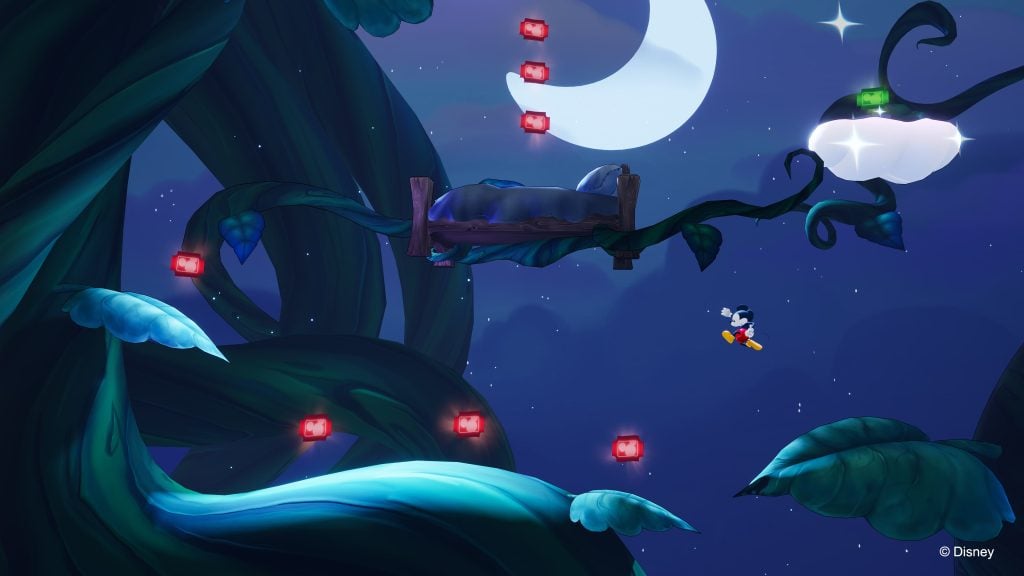
Where Epic Mickey shines is in its world design and exploration. The Wasteland is a broken-down, twisted Magic Kingdom. If Tim Burton designed Walt Disney World, it would definitely be the Wasteland. Those well-versed in the Disney parks will recognize the game’s portrayals of Fantasyland, Main Street USA, Toontown, Tomorrowland, and more. Rides like Space Mountain, It’s a Small World, and the Haunted Mansion comprise these worlds, and recognizing traversal options like the PeopleMover and the boats from Pirates of the Caribbean is a delight. The Rebrushed visuals really enhance the color palettes of the various worlds to a wonderful degree too. In these worlds, you’ll encounter animatronic versions of Goofy, Donald, Daisy, and more, further adding to the immersion.
I wish I could say that moving from land to land was smooth sailing. Where I get into Epic Mickey’s biggest shortcomings is in its aged methods of navigating the game’s constantly growing map. Initially, the unique prospect of using side-scrolling projector screen levels based on famous Mickey Mouse and Oswald cartoons is a delight. The levels play and control well, as well as capture the whimsy and raucousness of the cartoons they’re based on, even utilizing the jaunty music directly from the cartoons. Then you start needing to move back to areas you’ve already explored, especially for side quests. The cracks don’t take long to show. You have no choice but to play through the projector screen level you just played, but backward. And if you need to go back to the area you just left, you’ll play through it again forwards. There is no fast travel option. See, the projector screens are supposed to act as loading screen alternatives. But the kicker is, there are still loading screens both before and after them.
That leads us to the least epic quality of Epic Mickey: the side quests. These just aren’t fun. Not only do they try to look detrimental to building relationships with other characters (they aren’t), they require incessant amounts of backtracking.
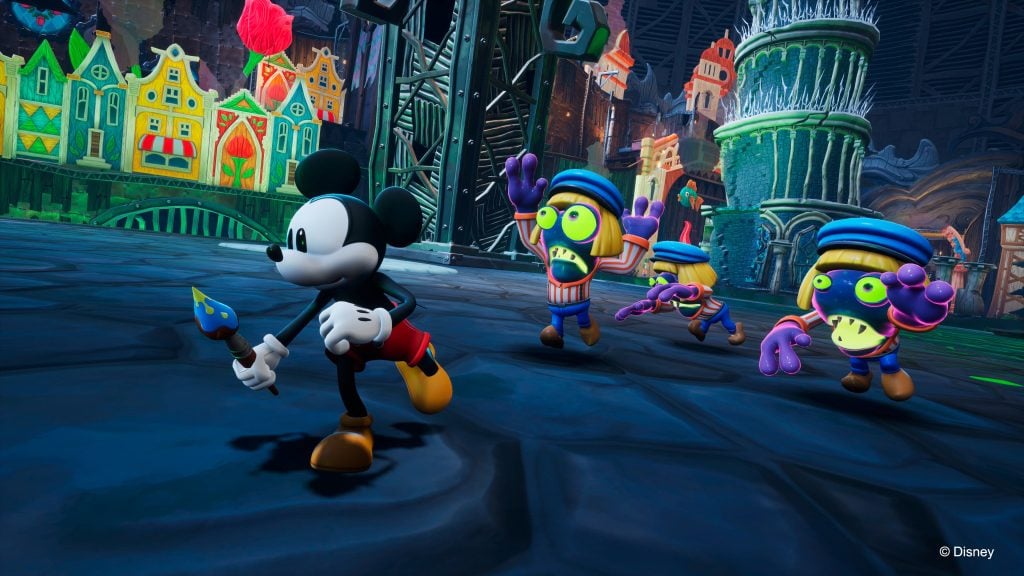
One side quest, my least favorite and the target of my ire, saw me in Ventureland tending to a pirate who was holding a necessary part to progress the plot. He wanted me to gift him an item that he could give to a potential love interest. He thought ice cream would do the trick. Speaking to her immediately after this, she tells me she is lactose intolerant but likes flowers. Now from here, I have to travel back to Mean Street either to take the easy way out (buy an ice cream cone) or travel to OsTown (find three different types of flowers to get Clarabelle Cow to make me a bouquet).
Either way, this requires I backtrack from a world I was already in and then back in. So I was playing through the same projector screen level upwards of six times. Not only that, but I had to first initiate the idea of Clarabelle even making a bouquet before I could bring her the flowers to do so. Whichever option I went with would get me the part I needed, so I was tempted to just give the pirate ice cream. But because I was going for the good ending, I didn’t. And I suffered at the hands of the game’s obtuse design because of it.
Let me clarify though. Actually getting to new worlds, seeing how they look, taking in the fantastic score, and exploring for collectibles was a delight. If I needed a reason to push through the tedium, seeing the next world was definitely it. There are roughly nine different worlds to experience, and you do get to help or hurt them based on how you choose to go about dealing with characters’ requests. It’s just unfortunate that, aside from optional dialogue and being locked out of optional quest lines, you won’t see much of an impact. Boss fights are the closest the game comes to truly giving you direct results for your choices. You can choose to help or hurt bosses, and your choice affects how the fight (or non-fight) plays out. I chose to help rather than defeat the sentient clocktower robot from It’s a Small World, Pete in a Tron outfit complete with a power disc, and even a robotic Captain Hook.
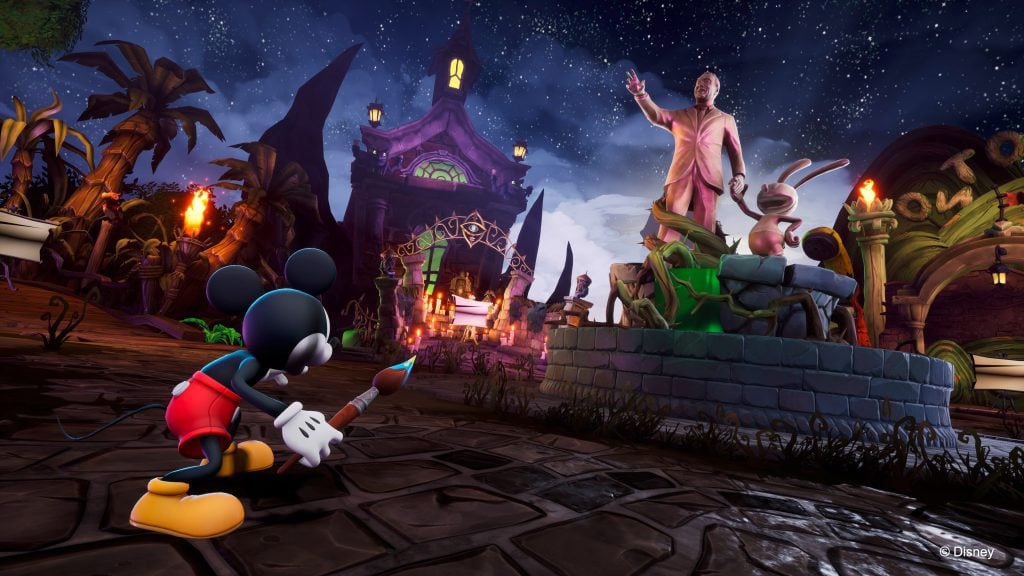
This is the part of the review where I tell you that the Rebrushed additions are going to sell you on playing this game. But I would only recommend doing so to those who have never played Epic Mickey. Rebrushed is absolutely the definitive way of experiencing the game. Dual analog stick movement with direct camera control is a godsend compared to the flighty, fixed camera angles of the Wii original. Mickey can now dash, sprint, and ground-pound, though the latter didn’t really get emphasized in gameplay. And if you really want to replay the projector screen levels, you now have a dedicated cinema option accessible from both the main menu and Mean Street to do just that. Additional collectibles and costumes make the 12-hour adventure feel a little more satisfying as well. The visuals have received more modern coloring and, as a result, pop on modern hardware. I played on Nintendo Switch, only occasionally encountering some graphical stuttering and getting Mickey caught on objects. There is, of course, lower overall fidelity, but the game maintains 30 frames per second in handheld mode with hardly a problem.
If you have already played Epic Mickey, I would only suggest that truly diehard fans add Rebrushed to their collection. There is nothing added to the narrative. You still need multiple playthroughs to see every ending of the game, and one playthrough is tedious enough. Certain sections of the game, like the Lonesome Manor, are already bordering on being frustrating and unnecessarily elongated for the sake of providing a challenge. Playing through them again can be a hard ask. The TV and anvil sketches could also be more useful, less clunky, and used more frequently. And with all of the quality of life improvements, it would have been nice to hear voice acting rather than character noises. There’s narration in the opening and ending cutscenes, so no voice acting for such iconic characters is a bit of a shock.
Epic Mickey Rebrushed was my first time grabbing a ticket to the Wasteland. Overall, I’m glad I waited over a decade to book my trip. As a huge Disney fan, I reveled in the dark depiction of its theme park concepts and unexpected mechanical spins on popular characters. As a 3D platforming veteran, I was delighted to find that Epic Mickey is a competent translation of the Mickey Mouse character into the third dimension of gaming. However, as much as I enjoyed my time in Oswald’s world, I’m not hurrying back to experience all of the dated busywork, backtracking, and inconsequential decision-making again. Ultimately, Epic Mickey and its Wasteland are still best enjoyed as a concept. Though its ending inspires that classic Disney hope, I hope whatever comes next can be truly magical—and have a lot less green goop.
Leave a Comment